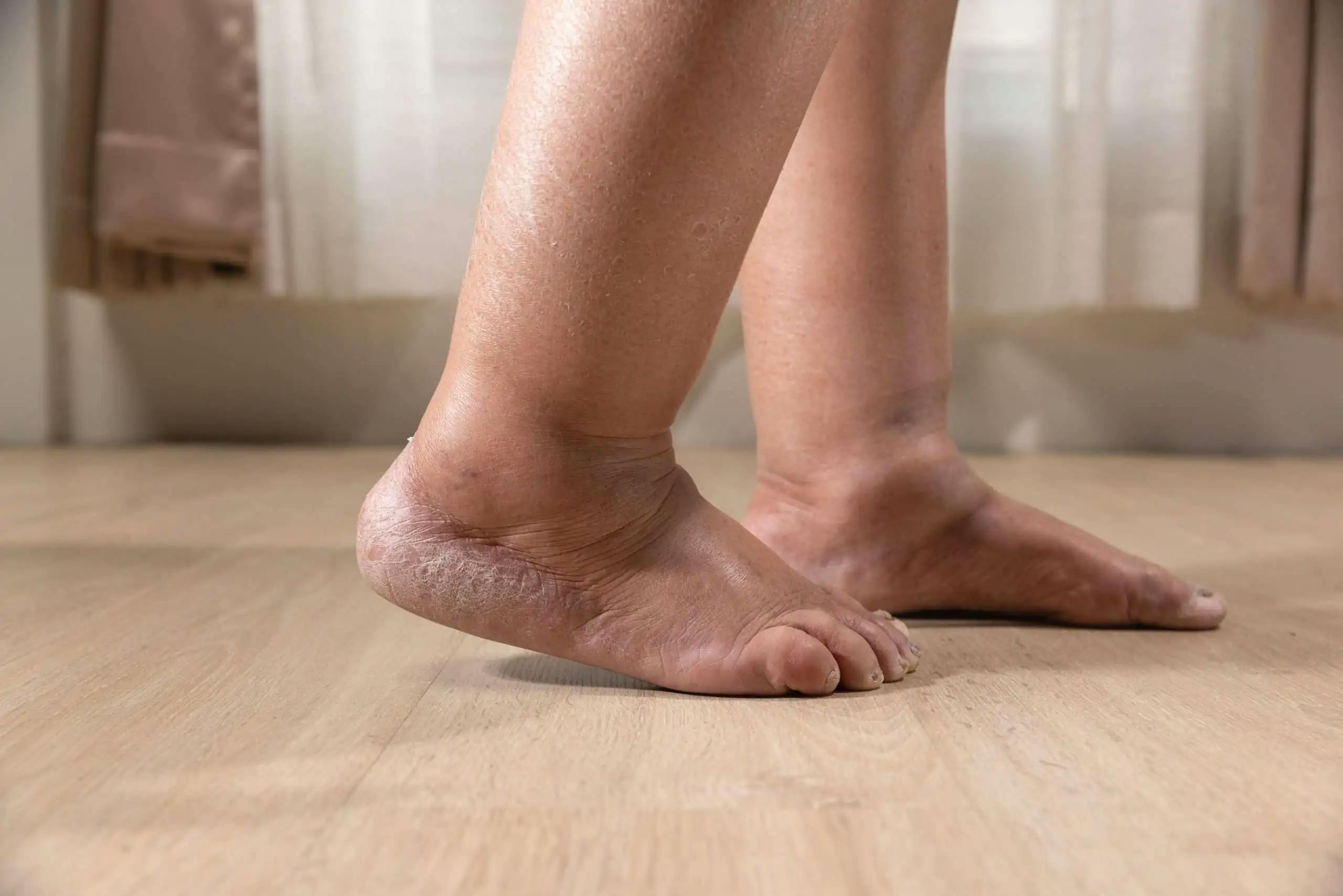Heel pain can make every step feel like a challenge. For many people, it’s caused by something manageable—like plantar fasciitis, tendon strain, or irritation from footwear. But if the pain lingers, keeps you up at night, or seems unusual, you may wonder if something more serious could be behind it.
The good news? Most heel pain is not caused by a serious condition like cancer. Still, knowing the difference between everyday causes and red-flag symptoms can help you get the right care sooner.
Common Causes of Heel Pain
Most heel pain starts with irritation, strain, or inflammation in the muscles, tendons, or tissues of the foot. This can develop from overuse, high-impact activities, or even standing for long hours.
- Plantar Fasciitis – Tiny tears in the thick band of tissue on the bottom of the foot cause sharp heel pain, especially in the morning.
- Achilles Tendonitis – Inflammation of the tendon at the back of the heel, often from overuse or tight calf muscles.
- Stress Fracture – Small cracks in the heel bone, often from repetitive stress or overtraining.
- Sever’s Disease (Apophysitis) – A common cause of heel pain in growing children and teens.
- Bursitis – Inflammation of the fluid-filled sacs that cushion the heel and Achilles tendon.
- Tarsal Tunnel Syndrome – Compression of a nerve in the ankle, causing heel pain, tingling, or burning sensations.
Good news: These conditions usually improve with rest, stretching, proper footwear, and sometimes orthotics or physical therapy.
Could Heel Pain Ever Be Cancer?
It’s extremely rare—but in uncommon cases, heel pain may be linked to a tumor in the bone or soft tissue of the foot. Cancers such as osteosarcoma, Ewing sarcoma, or metastatic cancer (spread from another part of the body) may cause persistent heel pain.
See a doctor right away if you notice:
- Pain that worsens at night or while resting
- Swelling or a lump near the heel
- Pain that doesn’t improve after rest or home care
- Unexplained weight loss or fatigue
- Changes in skin texture, color, or temperature around the heel
When to See a Podiatrist for Heel Pain
You don’t have to wait until pain becomes severe to seek help. Schedule a visit with a podiatrist if you:
- Have heel pain that lasts more than a few weeks
- Notice swelling, numbness, or tingling
- Experience pain that interrupts sleep or daily activities
- Have difficulty walking normally
- See no improvement after trying rest, ice, or supportive shoes
How Is Heel Pain Diagnosed?
When you visit a podiatrist or primary care provider, they’ll begin by reviewing your medical history and symptoms. From there, they may:
- Review your symptoms and medical history
- Examine your foot for tenderness, swelling, or limited movement
- Order imaging tests like X-ray, MRI, or CT scan if needed
- Perform further testing—such as bloodwork or a biopsy—if a tumor is suspected
Don’t Ignore Heel Pain—Get Answers and Relief
Heel pain often responds well to early treatment, helping you avoid long-term mobility issues or pain in your knees, hips, and back.
At CLS Health, our podiatrists are trained to find the root cause of heel pain—whether it’s from overuse, injury, or in rare cases, something more serious. We’ll create a treatment plan tailored to your lifestyle so you can get back on your feet faster.
If heel pain is slowing you down, book an appointment online today. Even a simple second opinion can give you peace of mind.





